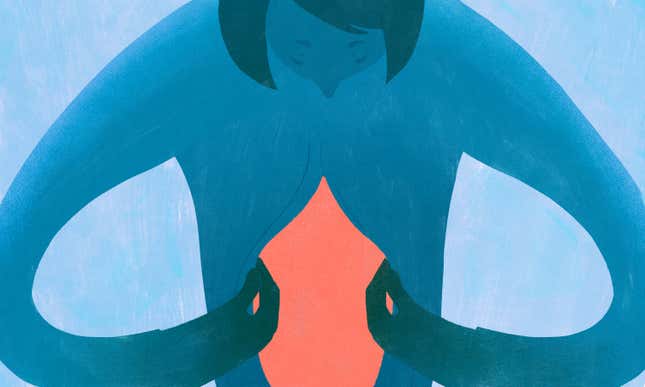Discovering My Strength in Vulnerability
Latest

On the outside, I’m all spreadsheets and enthusiasm, but on the inside, most of my adult life I’ve felt a swirl of depression, anxiety, and grief. When I peel back that protective layer, the reality inside is jarring for most people. What’s hard for me to explain to them is that the persona I present on the outside feels just as honest as the ghosts that haunt me.
I feel most things at a 10, the good and the bad. Like many who’ve suffered from mental health challenges, I’ve found that the deeper I’ve fallen, the more capacity I have for joy, surprise, and delight. I’ve had some of my life’s most beautiful days alongside some of the more devastating. The hardest part is not knowing which day you’re waking up into; the necessary thing is just to try, regardless.
I’ve established a routine at home in Berkeley, a series of habits that add a buffer to the unknown of what mood a certain day will bring: morning coffee, the same smoothie bowl breakfast, the strange zen of adult coloring books, re-reading poetry, listening to the same podcast roundup. These routines add infrastructure to the unknowns, a bridge from inside to outside; their rhythm reminds me of who I am when I tend to lose the way.
Two months ago, I walked away from the habits that grounded my day to day. I sold my things, gave up my apartment, and packed a life into one vaguely carry-on-sized backpack. As a teenager, I had dreamily planned my future studying abroad, living in foreign lands, and cavorting in museums around the world. But as these things go, life had other plans. In my senior year of high school, my dad was diagnosed with colorectal cancer. His doctor deemed him cancer-free six months later, but in my freshman year of college, it came back. I transferred colleges to be closer to our California home, flew to see him as much as I could, and graduated early (instead of studying abroad). In September of my senior year, my mom and I held his hand as he passed away.
-

-

-

-

-

-

-

-

-

-

-

-

-

-

-

-

-

-

-

-

-

-

-

-

-

-

-

-

-

-

-

-

-

-

-

-

-

-

-

-








































